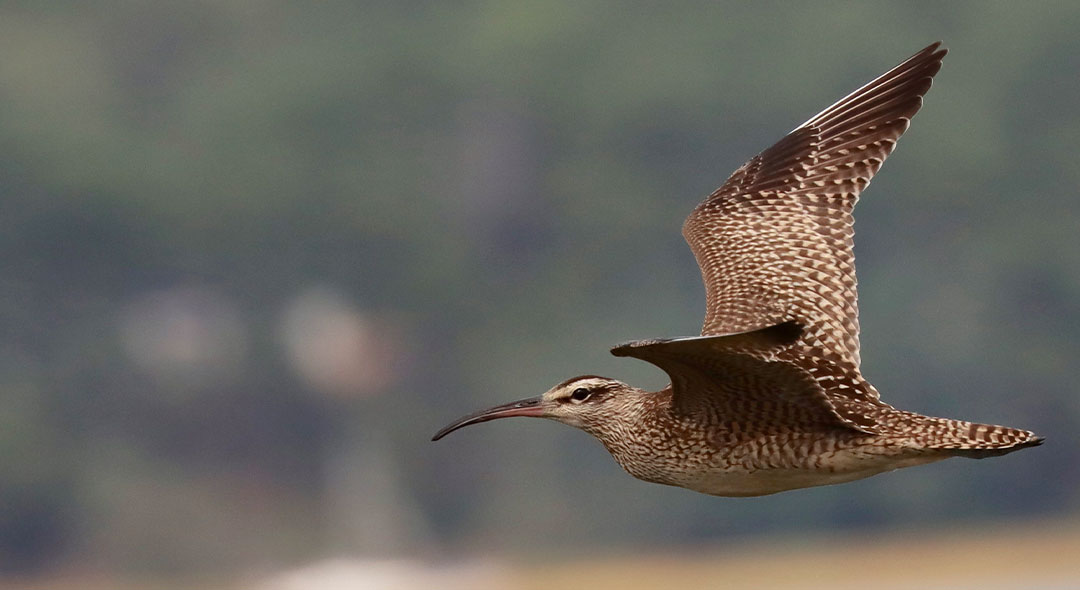A rush of color is sweeping over Manomet headquarters as many warblers are making their annual migration from Central and South America to New England and parts of Canada to breed.
As of May 22, Manomet bird banders had recorded a total of 21 warbler species this season, but that number is rising as new species are being caught nearly every day.
Unseasonably warm weather this spring has brought some rare visitors, including a young male Summer Tanager and a Kentucky Warbler. Both birds rarely travel so far north and have only been caught a couple of times at Manomet. The last Summer Tanager seen at the banding lab was in 1992 and Kentucky Warblers have only been handled at Manomet four times before.
However the rarest capture this spring had nothing to do with the weather. On May 8, the banding team caught Manomet’s first ever White-throated Sparrow and Dark-eyed Junco hybrid.

According to Banding Director Trevor Lloyd-Evans, the two species breed in the same New England mountain ranges and have been known to occasionally mate, but actually seeing one is extremely rare.
Due to their small size and weight, the weather plays a huge role in warblers’ migration patterns. When there are unfavorable winds or stormy weather conditions, warblers and other small migrant species must wait for the weather to pass before continuing their journeys. These factors contribute to the day-to-day variability in captures and recaptures at Manomet headquarters.
This season our banders have captured an average of 55 birds per day. On May 8 and May 12, two days with warm southwest winds that followed a spout of unfavorable weather, the banders caught 184 and 154 birds respectively.

To see what birds our banders are catching on a daily basis, follow the banding lab’s Twitter account — @ManometBanding. Click here to learn more about the landbird banding program.
– Liza LePage





 Back to all
Back to all